Exhaust manifold
| Exhaust manifold |
|
|||||||
| 1. |
Lay out wing covers and remove the negative cable from the battery.
|
|
| 2. |
Remove the engine cover, turbo delivery pipe (2 bolts under the cable harness) together with the connection to the turbocharger and plug the hoses.
|
|
| 3. |
Remove the electric connections from the glow plugs.
|
|
| 4. |
Remove the suction hose from the turbocharger.
|
|
| 5. |
Remove the heat shields from the turbocharger, exhaust manifold and the starter motor. The lower heat shield mounting to the starter only needs to be loosened.
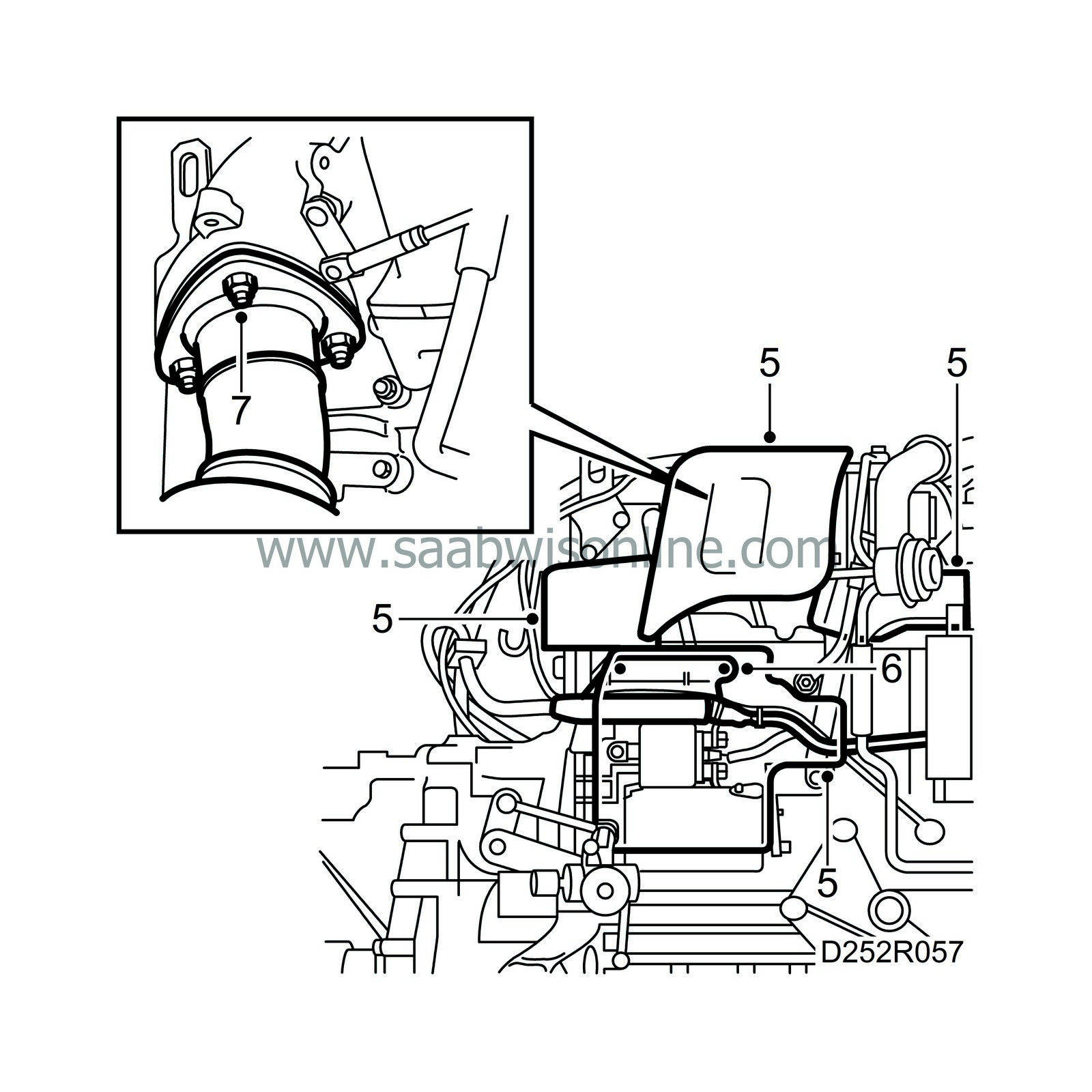
|
|
| 6. |
Remove the wiring harness duct from the engine and move it forward.
|
|
| 7. |
Remove the middle, rear nut that secures the front exhaust pipe to the turbocharger.
|
|
| 8. |
Raise the car and remove the lower cover.
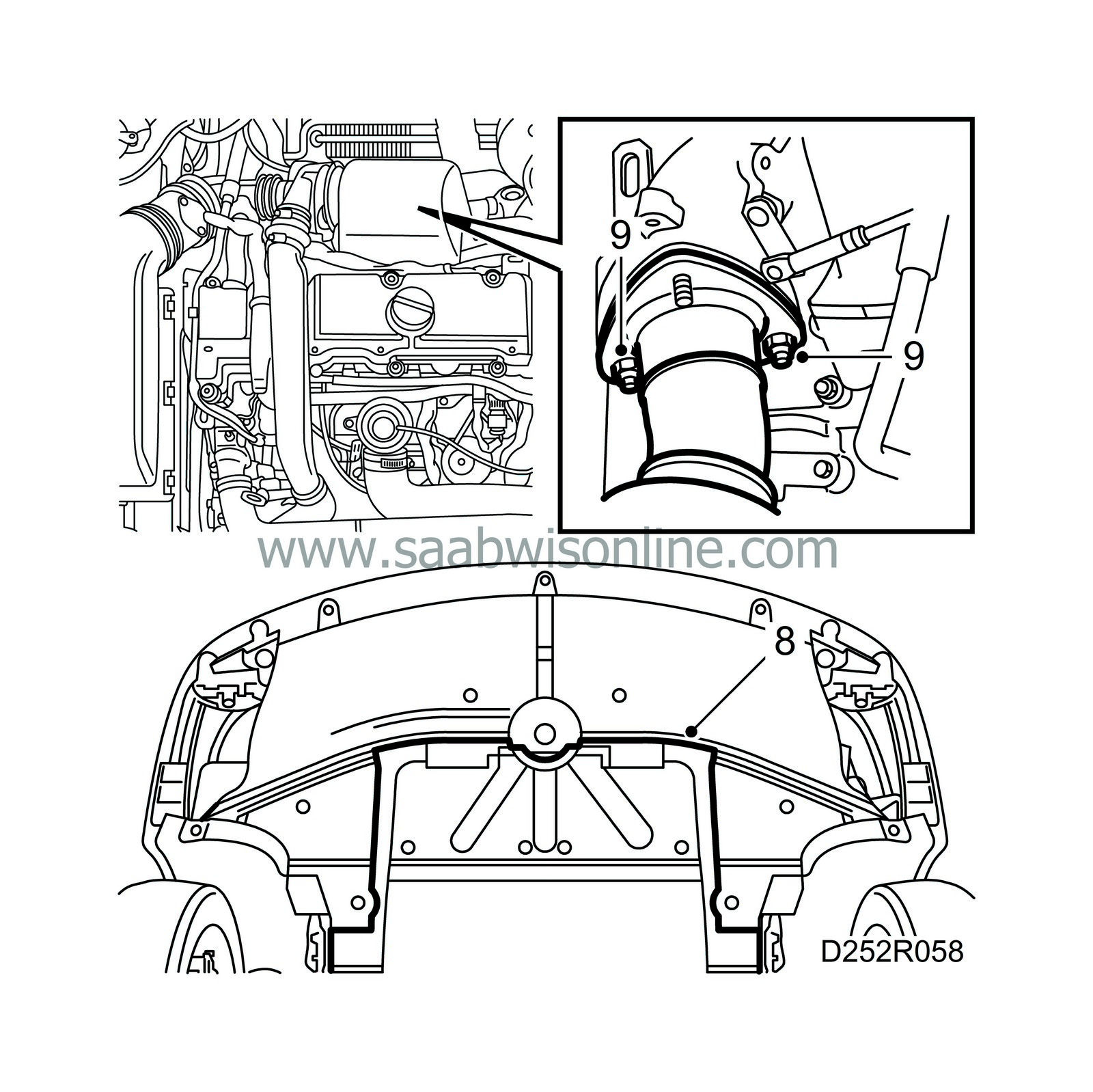
|
|
| 9. |
Remove the remaining nuts between the turbocharger and the front exhaust pipe.
|
|
| 10. |
Loosen the joint between the front exhaust pipe and the middle pipe.

|
|
| 11. |
Remove the front rubber mountings and lower the exhaust pipe.
|
||||||||||
| 12. |
Position a container underneath the engine and remove the oil delivery pipe for the turbocharger from the cylinder block.

|
|
| 13. |
Remove the oil return pipe for the turbocharger from the cylinder block.
|
|
| 14. |
Remove the upper bolt for the exhaust manifold support, slightly loosen the lower bolt so that the support can be turned aside. Lower the car.
|
|
| 15. |
Disconnect the vacuum hose from the idle air control valve diaphragm, remove the exhaust manifold and lift it up.
|
|
| 16. |
Remove the turbocharger from the exhaust manifold.
|
|
| To fit |
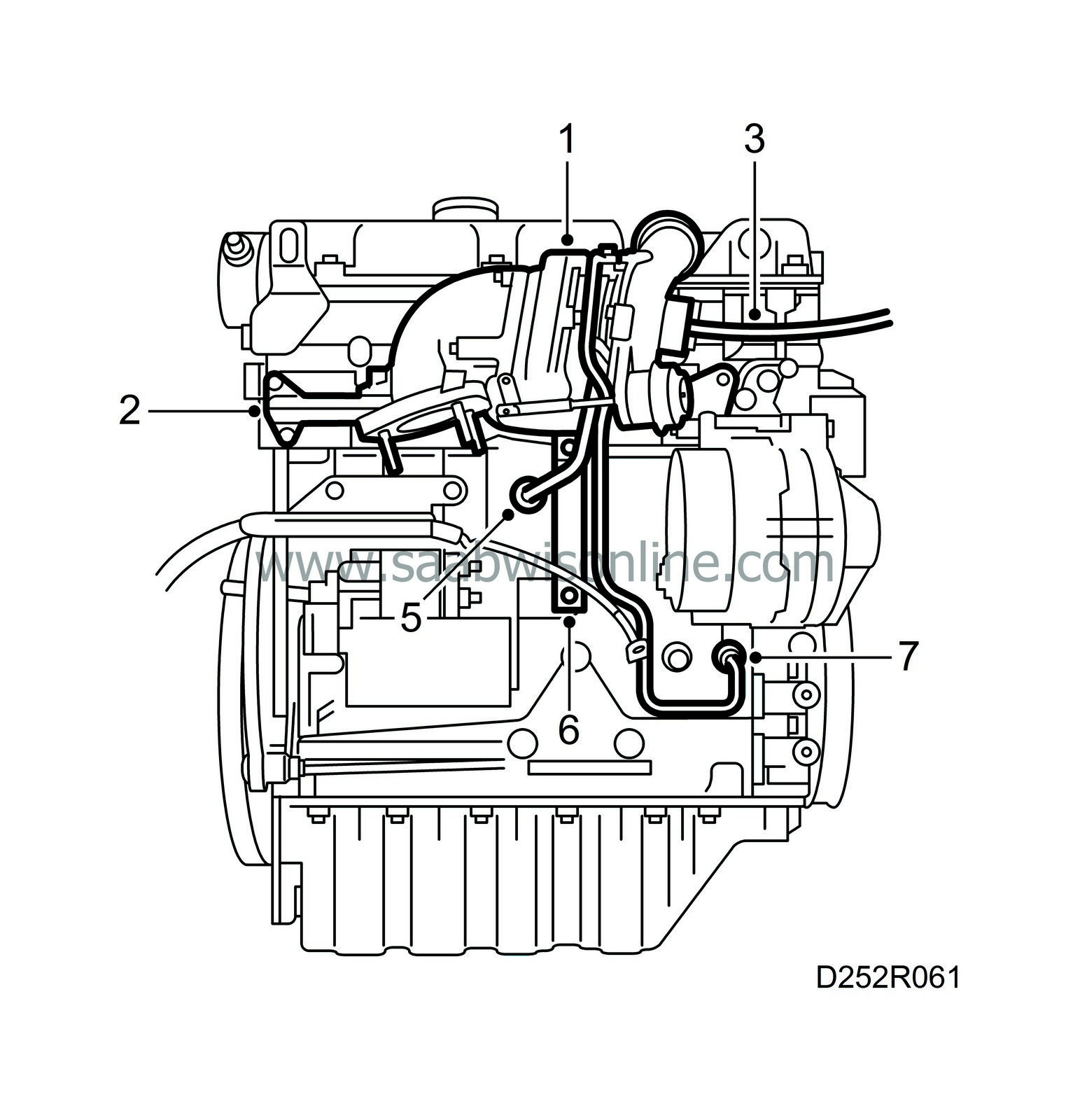
| 1. |
Clean the sealing surfaces, apply Molycote 1000 on the sealing surfaces and on the studs, fit the turbocharger on the exhaust manifold.
Tightening torque 30 Nm (22.5 lbf ft). |
|
| 2. |
Clean the sealing surfaces, apply Molycote 1000 on the studs and fit the exhaust manifold to the cylinder head using a new gasket and new nuts.
Tightening torque 22 Nm (16 lbf ft). |
|
| 3. |
Connect the vacuum hose to the idle air control valve diaphragm box.
|
|
| 4. |
Apply Molycote 1000 on the turbocharger studs.
|
|
| 5. |
Raise the car and connect the oil return pipe for the turbocharger to the cylinder block.
Tightening torque 30 Nm (22.5 lbf ft). |
|
| 6. |
Refit the exhaust manifold support and tighten the bolts.
Tightening torque 25 Nm (18.5 lbf ft). |
|
| 7. |
Connect the oil delivery pipe for the turbocharger to the cylinder block.
Tightening torque 20 Nm (15 lbf ft). |
|
| 8. |
Clean the exhaust pipe joints and fit new rubber mountings if needed.

|
|
| 9. |
Fit the front part of the exhaust pipe using a new gasket and fit new nuts.
|
|
| 10. |
Slightly tighten the joints for the front exhaust pipe, make sure that there are no forces or stresses acting on the exhaust pipe and tighten it to the turbocharger.
Tightening torque 20 Nm (15 lbf ft). |
|
| 11. |
Tighten the exhaust pipe to the middle pipe.
Tightening torque 20 Nm (15 lbf ft). |
|
| 12. |
Fit the cover and lower the car.
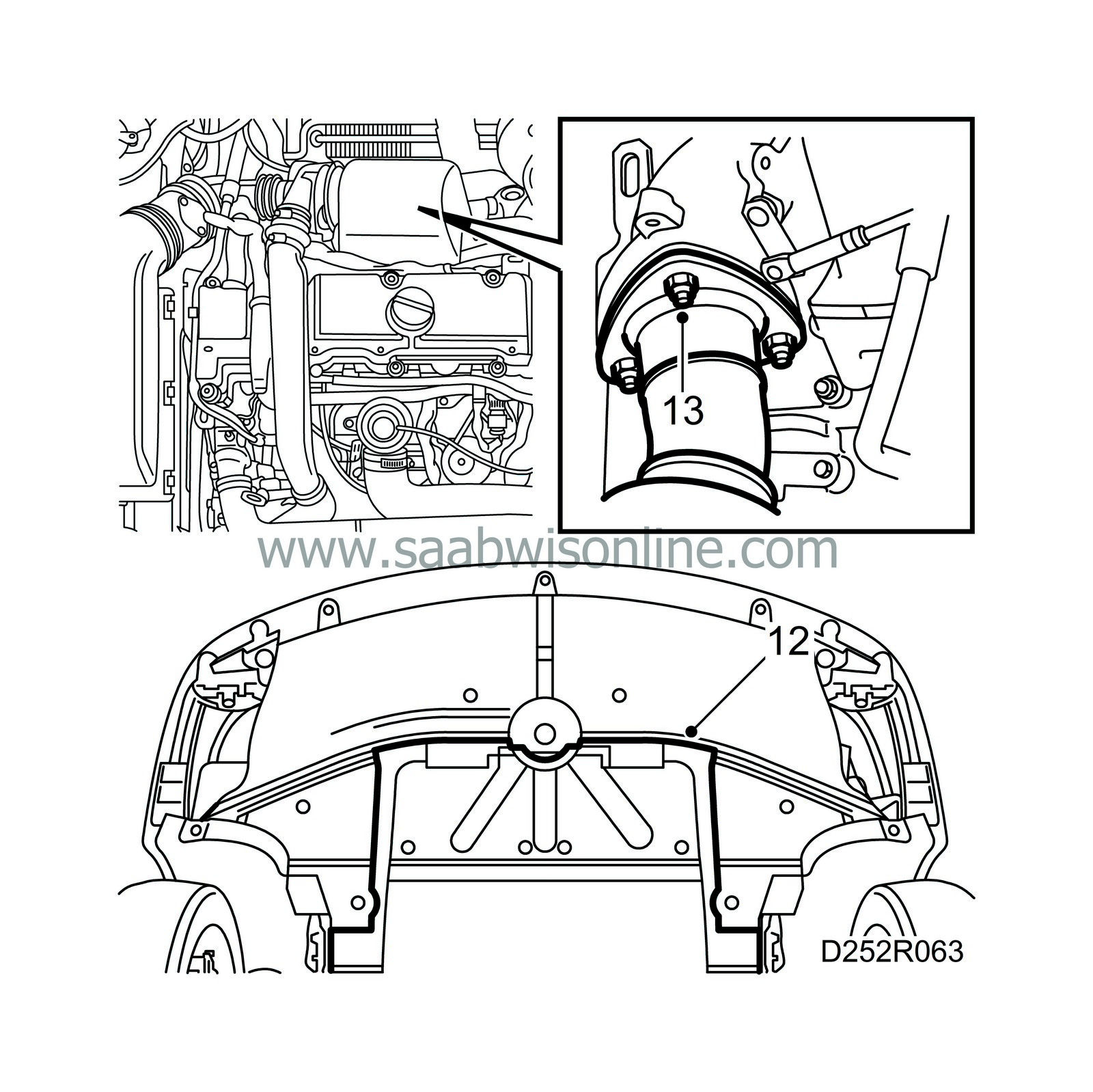
|
|
| 13. |
Tighten the last nut between the turbocharger and the front exhaust pipe.
Tightening torque 20 Nm (15 lbf ft). |
|
| 15. |
Tighten the oil delivery pipe connection to the turbocharger.
Tightening torque 20 Nm (15 lbf ft). |
|
| 16. |
Refit the wiring harness duct to the engine.
|
|
| 17. |
Refit the heat shields over the exhaust manifold, turbocharger and the starter motor.
|
|
| 18. |
Connect the suction hose to the turbocharger.
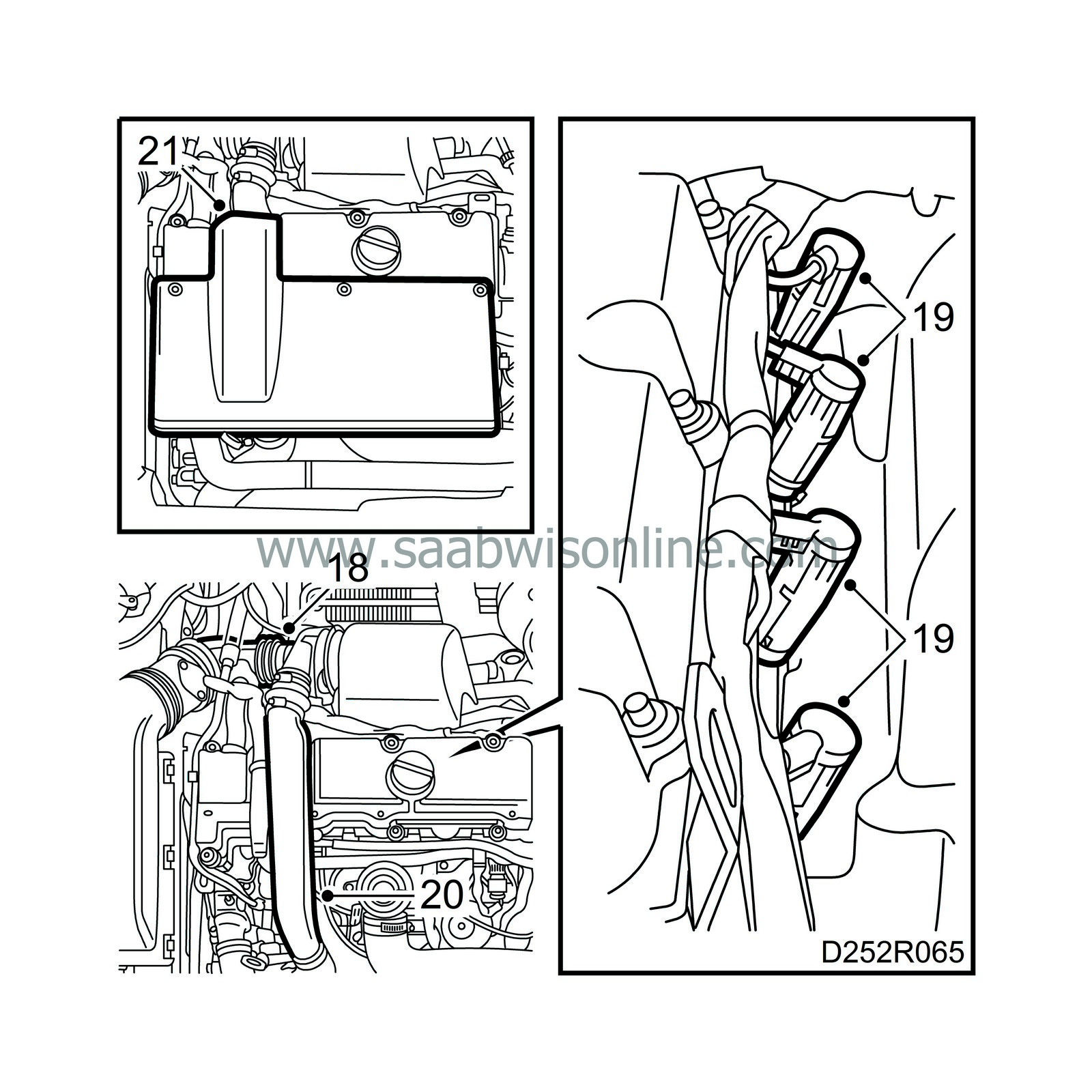
|
|
| 19. |
Connect the glow plugs.
|
|
| 20. |
Fit a new O-ring on the turbocharger delivery pipe, lubricate the O-ring alkaline vaseline and refit it.
|
|
| 21. |
Fit the engine cover.
|
|
| 22. |
Connect the negative cable to the battery.
|
|
| 23. |
Adjust the clock in the car and press 5 times on the remote control lock/unlock button.
|
|
| 24. |
Check the oil level and top up if needed.
|
|
| 25. |
Start the engine and check for leakage.
|
|

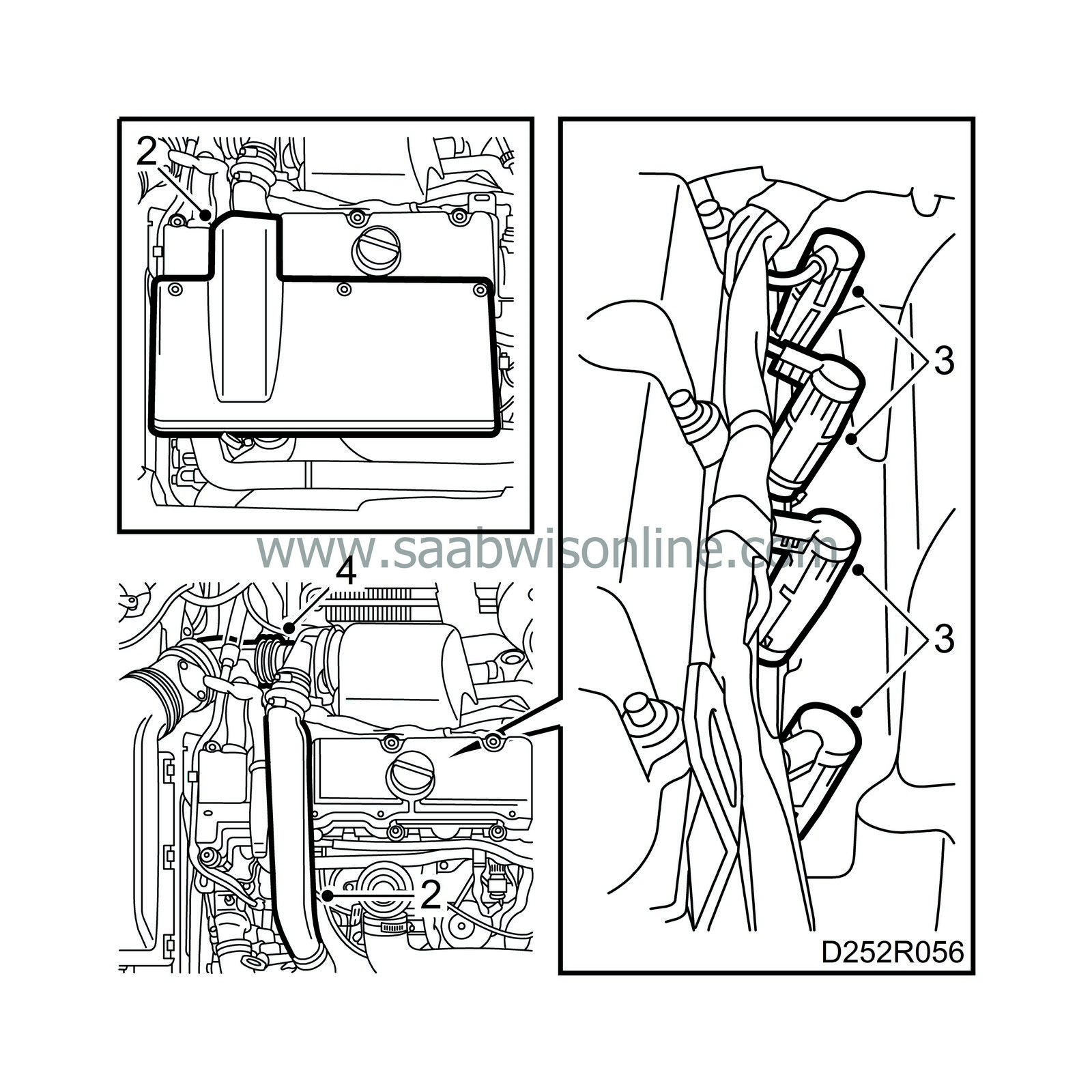
 Warning
Warning


